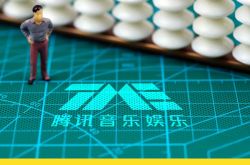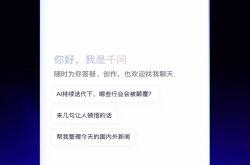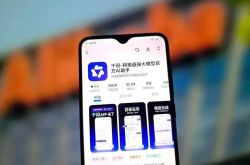Why Are Apple, Huawei, and Samsung All Enjoying Strong Sales, Yet 'Officially Refurbished Phones' Remain a Niche?
![]() 11/19 2025
11/19 2025
![]() 502
502
Second-hand e-commerce platforms pose the most significant competition to officially refurbished phones.
The rather 'underwhelming' Double 11 shopping festival has wrapped up. I'm curious if everyone capitalized on the Double 11 discounts to purchase their desired digital gadgets. Personally, I didn't buy a phone during this year's Double 11. On one hand, my old phone broke a month prior to the new iPhone's release, prompting me to switch to a new one. On the other hand, I stumbled upon a purchasing avenue offering even greater discounts than Double 11—officially refurbished phones.
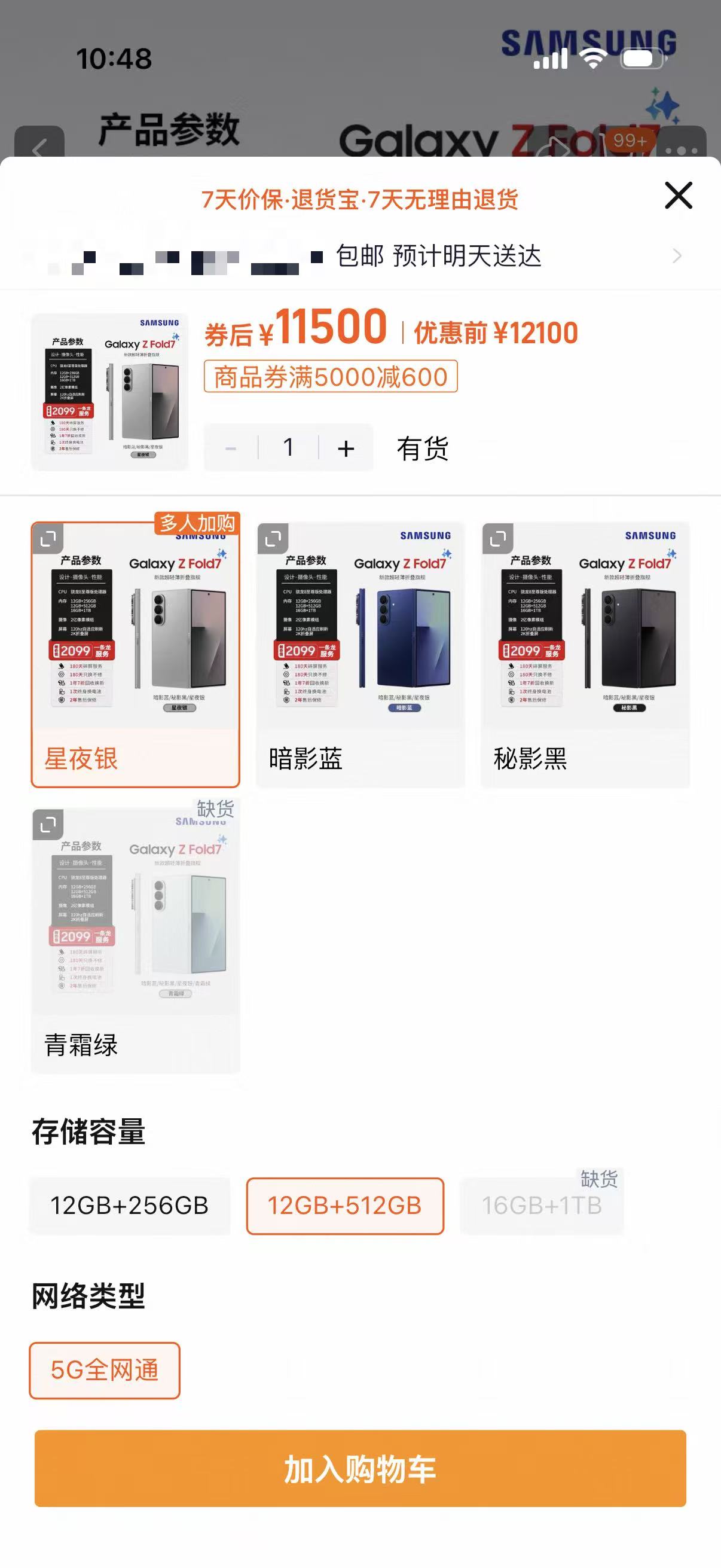
Image Source: Lei Tech
Take my personal Samsung phone as an illustration. On Taobao, authorized dealers of Samsung's officially refurbished phones are readily accessible. The newly launched Galaxy Z Fold 7 (12+512GB), priced at 13,999 yuan with the 'upgrade' discount, is available for just 11,500 yuan in an officially refurbished authorized store. The S25 Ultra is even '2,000 yuan cheaper' than a brand-new model.
Besides Samsung, which I'm fond of, brands like Apple, Huawei, and OPPO also operate their own officially refurbished stores on their official websites or e-commerce platforms. Even computer peripheral brands such as Logitech and Razer have corresponding officially refurbished stores on e-commerce platforms.
So, are these 'refurbished phones' endorsed by the brands themselves truly reliable? Here's Lei Tech's take.
The Primary Allure of Officially Refurbished Phones Lies in Their 'Official' Status
To assess the reliability of officially refurbished phones, it's crucial to understand their origins. Unlike the 'dubious refurbished phones' that many associate with, officially refurbished phones from authorized channels are not merely old phones acquired from the market, cleaned, and resold. Instead, they originate from controllable sources within the brand's ecosystem.
Specifically, officially refurbished phones predominantly come from three sources: old phones returned by users for after-sales replacements, phones returned under the '7-day no-reason return' policy, and display or inventory machines from channels or stores. These machines have clear circulation paths and more manageable quality risks, rendering them even 'cleaner' than traditional second-hand phones.

Image Source: Apple
Typically, after these old phones are recovered by the brand, they undergo quality inspections adhering to the standards for new products. Damaged parts are replaced with original factory accessories, and they undergo the same factory tests as new phones before being repackaged. This ensures that every officially refurbished phone delivered to consumers at least matches the experience level of a 'new phone.'
In reality, the quality inspection conducted by the brand's original factory is also the fundamental distinction between the officially refurbished phone system and the second-hand system. Currently, most second-hand platforms have their own inspection processes, but their quality inspection logic is always third-party, and inspection standards vary among different merchants. Even if the platform boasts good reviews, the historical repair records and component aging degrees of second-hand phones still cannot be 100% authoritative and transparent.
Officially refurbished phones differ in this regard. They are not about 'finding the best-conditioned second-hand phone' but about the brand restoring the phone to new-phone quality according to its own standards before selling it.
I understand that many people are concerned about whether 'officially refurbished phones have undergone repairs.' However, repair is never the issue; unknown repairs and hidden defects are. We don't trust second-hand phones because their damage and repair situations are not transparent. But for officially refurbished phones, where they have been repaired and what has been replaced are all within the brand's controllable system. This is why, in the quality systems of Apple, Samsung, and Huawei, officially refurbished phones are often more reassuring than some '99% new' second-hand phones.
Why Haven't Officially Refurbished Phones Become a Mainstream Business?
From the sources and inspection processes of officially refurbished phones, it's evident that they are entirely distinct from traditional second-hand phones and offer 'surprisingly high' cost-effectiveness. However, since officially refurbished phones can handle user-returned phones and provide more reliable quality assurance than second-hand platforms, why are so few brands genuinely engaged in the officially refurbished phone business?
From Lei Tech's perspective, there are three reasons why brands hesitate to venture into the officially refurbished phone business.
Firstly, officially refurbishing phones entails a highly complex sales system, requiring brands to establish a closed loop from after-sales, inspection, spare parts, warehousing, to sales. Manufacturers like Apple and Samsung, with global shipments exceeding 100 million units, already possess mature after-sales repair chains, long product lifecycles, and stable return volumes, naturally supporting an officially refurbished phone system. However, for most brands, this process is simply unfeasible. Even if forced to set it up, the costs would far outweigh the benefits of officially refurbished phones.
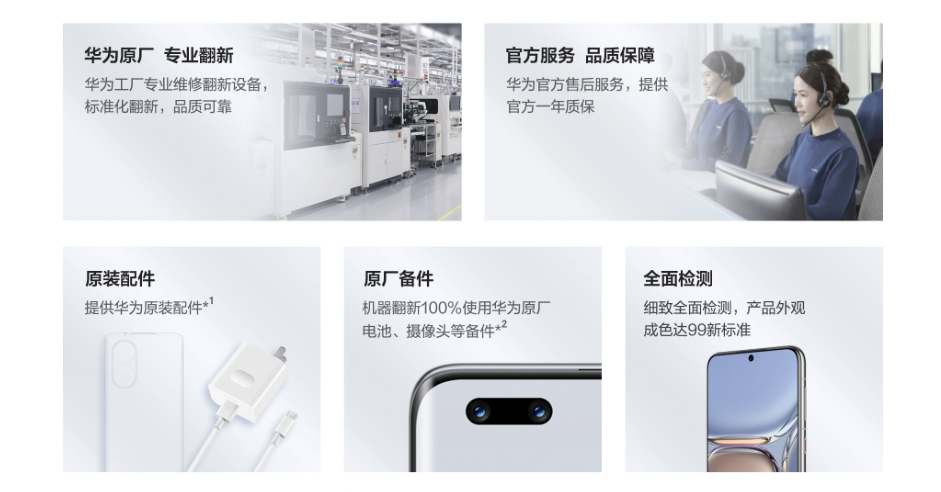
Image Source: Huawei
Secondly, to establish an officially refurbished phone system, brands require a sufficient quantity and high-quality 'returned machines.' Apple and Samsung boast enormous trade-in volumes, and among the phones returned for after-sales replacements, there are also many with slight appearance damage that can serve as sources for officially refurbished phones. Huawei and OPPO have extensive offline channels, and the number of display machines and short-term returned machines is also sufficient to support officially refurbished phone production. However, some brands have short product lifecycles and scattered sales, with insufficient and unstable returned and recovered machines, naturally unable to form a 'mass-production' refurbishment system.
Not to mention the pricing of officially refurbished phones. The profit margins for officially refurbished phones are not high, and they can easily 'erode the price system of new products.' Users will naturally compare the price differences between officially refurbished and new phones. Once the officially refurbished phone prices are too low and the inventory pressure for new phones is high, it may cause instability in the internal price system. Only brands with strong bargaining power and stable pricing strategies dare to treat officially refurbished phones as a long-term business.
Ultimately, it's not that the industry is averse to engaging in officially refurbished phones, but rather that few brands can even meet the threshold. The 'rarity' of officially refurbished phones precisely indicates that it's not a business everyone can undertake.
Second-Hand Trading Platforms Pose a Significant Challenge to the Officially Refurbished Phone System
Of course, another 'external reason' for the difficulty of the domestic officially refurbished phone market is the highly developed domestic second-hand market.
In recent years, whether in terms of platform scale, merchant quantity, or user activity, the growth rate of domestic second-hand trading has far outpaced that of officially refurbished phone businesses from authorized channels. When users seek affordable phones, second-hand platforms have become their first choice.
In comparison, the biggest issue with officially refurbished phones is their 'lack of timeliness.' The second-hand market witnesses a massive daily turnover of phones, with popular models almost available on the day of their release. However, officially refurbished phones require waiting for after-sales recovery, refurbishment, quality inspection, and repackaging, resulting in a much slower pace.
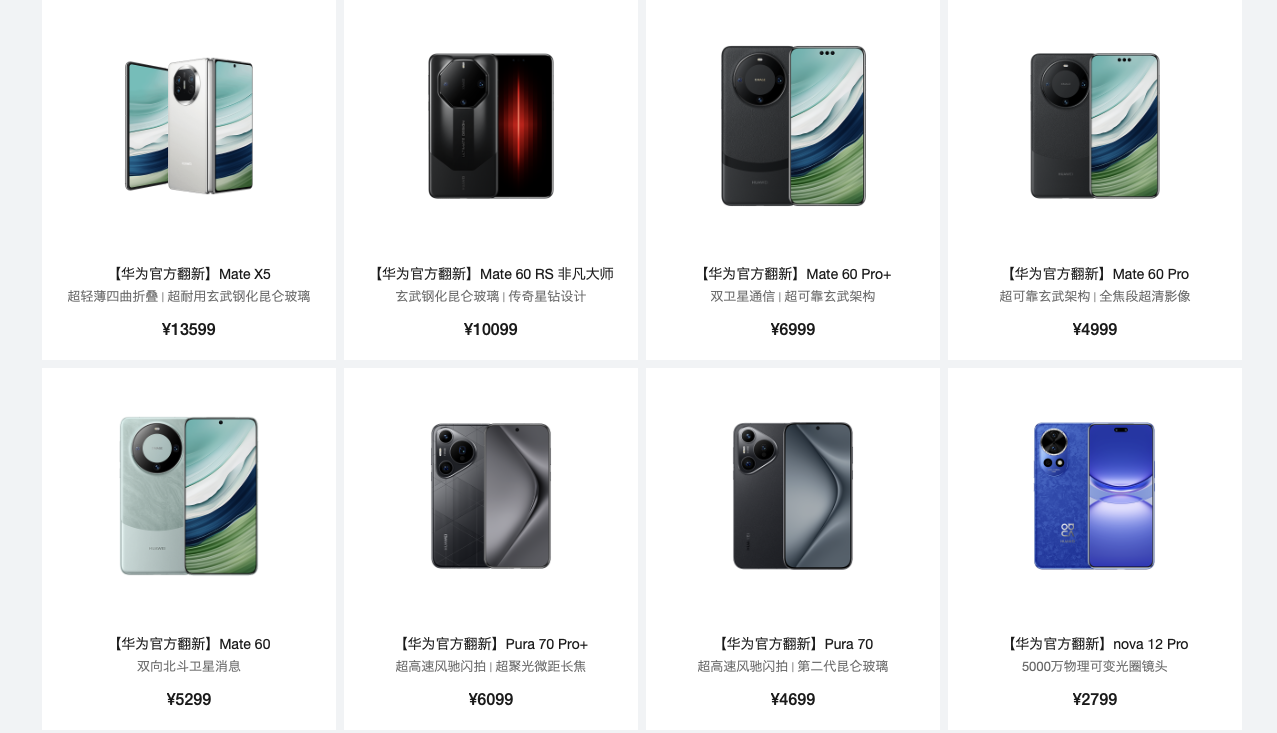
Image Source: Huawei
Even Apple cannot guarantee 'constant restocking' of officially refurbished phones. High-cost-effectiveness, small-storage officially refurbished MacBooks are often out of stock on the official website for extended periods. This uncertainty of officially refurbished phones also dooms them to being unlikely to become a high-frequency shopping scenario like second-hand phones in the domestic market.
However, this does not imply that officially refurbished phones have no room for survival; quite the contrary is true. The more popular second-hand phones become, the clearer the value of officially refurbished phones becomes.
As mentioned earlier, the issue with second-hand phones lies in their 'lack of transparency.' Friends who have paid attention to the second-hand market should have encountered the disclaimer 'self-assessed garbage condition.' As more users experience screen 'hidden defects,' unauthorized repairs, or even 'assembled phones,' the 'reliability' of officially refurbished phones will become their selling point over second-hand trading.
From Lei Tech's perspective, to break through, officially refurbished phones must continue to strengthen the 'brand endorsement' moat: more transparent refurbishment reports, clearer replacement records, after-sales service closer to that of new products, and even allowing consumers to check online which inspections the phone has undergone and which parts have been replaced. These are all 'premium points' that only the officially refurbished phone system can offer.
From this perspective, the officially refurbished phone system and the second-hand phone system not only do not conflict but also complement each other.
Meanwhile, as the country promotes trade-in policies and the official return volume of brands continues to increase, the 'supply side' of domestic officially refurbished phones is also beginning to form a system. In other words, there will only be more and more machines available for refurbishment in the future, providing a more stable foundation for the officially refurbished phone market.
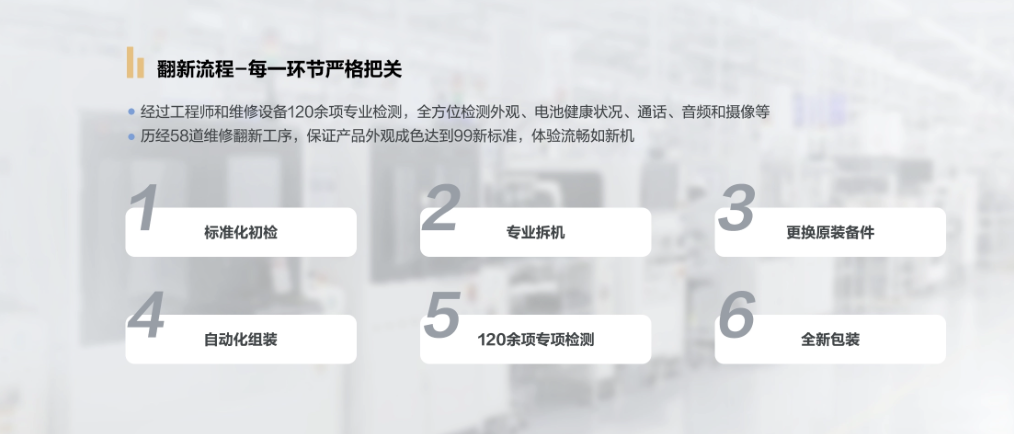
Image Source: Huawei
To be honest, at this juncture in 2025, officially refurbished phones are still a niche choice. However, fortunately, the value of officially refurbished phones is being re-recognized by more and more users. New products are responsible for the 'first wave of experience,' second-hand phones for 'price impact,' and officially refurbished phones fill the gap between the price of new phones and the quality of second-hand phones.
As for whether the domestic officially refurbished phone market can evolve into a mature sector like overseas officially refurbished phone markets in the future, it's too early to say. However, one thing is certain: as long as brands are willing to treat this as a long-term endeavor, officially refurbished phones have the potential to carve out their own 'niche' in the domestic phone market.
After all, compared to the mixed-quality second-hand market, sincere and transparent officially refurbished phones will always find their own way.
Huawei, Apple, Samsung, Aihuishou (a second-hand trading platform), Officially Refurbished Phones
Source: Lei Tech
The images in this article are from the 123RF licensed image library. Source: Lei Tech


